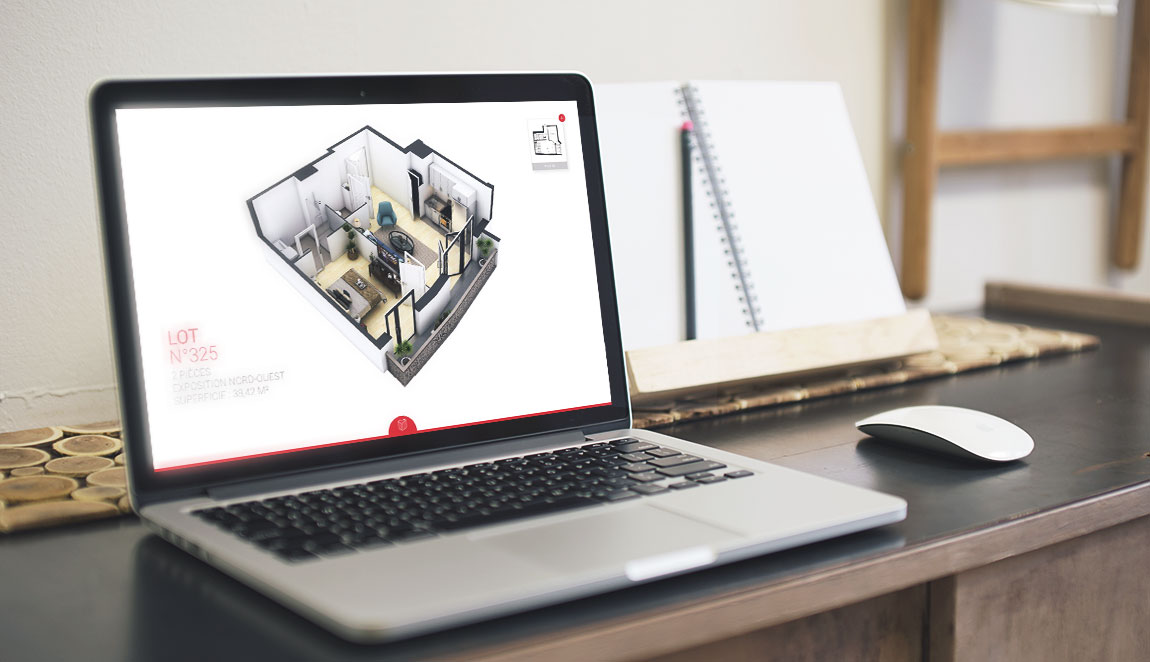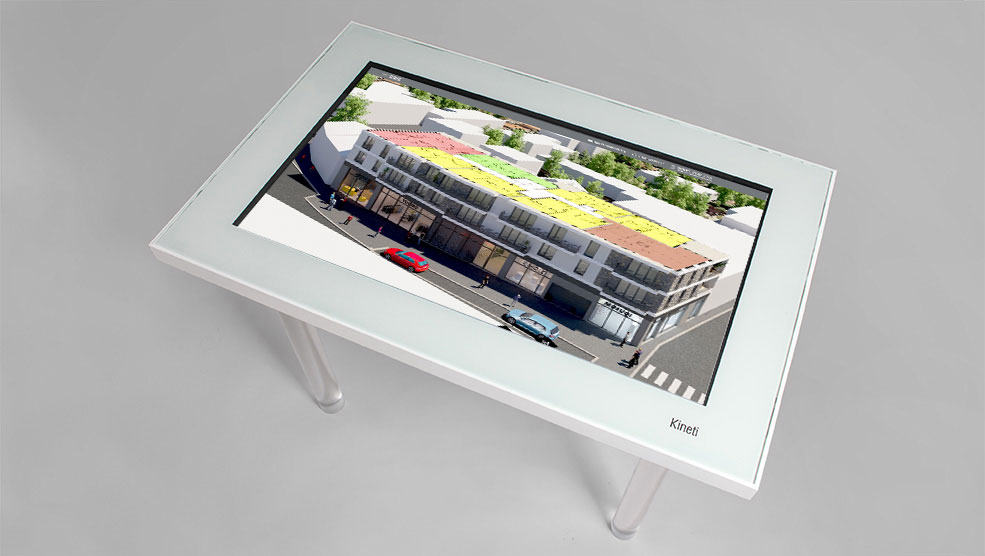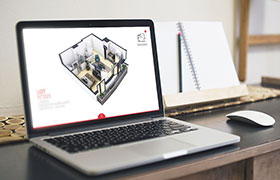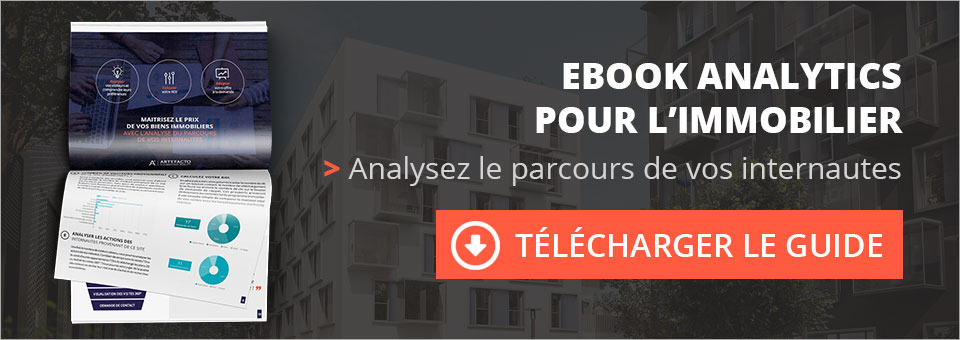Depuis quelques années, la commercialisation de programmes immobiliers sur internet a connu une petite révolution en intégrant des outils interactifs et immersifs. Cela s’inscrit dans ce que l’on appelle le marketing immersif. De plus, les promoteurs constatent qu’internet et les nouvelles technologies représentent désormais un canal de conversion supplémentaire non négligeable dans la vente de biens neufs.
Les nouveaux outils web se multiplient grâce aux navigateurs
Depuis 2010, les navigateurs web permettent l’affichage d’outils de visualisation prenant en charge les animations en 2D, 3D ainsi que les 360. Ces technologies s’intègrent désormais très facilement et cela donne une autre dimension à la commercialisation d’un bien. Les pages dédiées au produit proposent dorénavant un maximum d’éléments et les visiteurs restent plus longtemps. Ces différentes technologies peuvent s’employer seules, ou se combiner sur un même outil proposant une expérience de visite virtuelle complète du bien.
La maquette 3D interactive permet d’avoir une bonne vue d’ensemble du programme. Celle-ci peut être découpée en étages afin de montrer les superficies des appartements et ainsi distinguer visuellement les différents lots. On peut ajouter l’environnement comme les services à proximité autour de la maquette.

Cette maquette peut être agrémentée de 360° permettant de visiter virtuellement des appartements témoins avant construction. L’outil parfait pour aider à la projection des clients.
Il est également possible d’ajouter des éléments téléchargeables directement depuis la maquette, comme les plans ou des visuels.
Un cas d’usage dans l’immobilier neuf : OGIC
Dans le cadre de la commercialisation de son projet CHAVILLE, OGIC a souhaité se doter d’un outil disponible sur table tactile pour animer sa bulle de vente et sur le site dédié. Ce dernier permet de visiter les lots sur internet grâce à une maquette 3D interactive qui donne accès à une visite virtuelle à 360° ainsi qu’aux plans téléchargeables. Chaque type d’appartement est modélisé avec un exemple d’ameublement et permet de voir l’intégralité des pièces en vue aérienne. Le client a donc un maximum d’éléments et « visite » déjà le bien depuis chez lui. On est donc très loin de la vente sur plan 2D [lien] dans lequel le client ne se projette pas.

Le tracking analytique pour améliorer vos ventes
L’avantage avec ces nouveaux outils réside également la possibilité de tracker le parcours du visiteur : connaitre ses interactions ou encore le temps qu’il passe sur chaque pages. Il est alors possible d’adapter le prix des biens en dégageant des statistiques précises : nombre de visites, demandes de contact et de téléchargements.
De plus, dans le cadre d’une prise de contact, le commercial dédié au projet aura déjà un maximum d’informations sur ce que son prospect à vue, téléchargé etc. Le contact sera alors beaucoup plus qualitatif et mènera plus souvent à la vente.
Le futur des outils web de visualisation
Plusieurs pistes se dégagent quant au futur des outils de visualisation dans l’immobilier et c’est le mobile qui semble être la principale. En effet, Google réfléchit à l’utilisation de la réalité augmentée directement depuis son navigateur. Sur son smartphone ou sa tablette, on consulterait du contenu en réalité augmentée sans passer par une application dédié puisque c’est le navigateur qui ferait le travail. L’idée est donc de diffuser massivement l’expérience de réalité augmentée pour tout type de contenu. Avec l’arrivée d’ARcore pour Google et d’ARkit pour Apple, on peut imaginer une plus large diffusion de ces technologies.
La réalité virtuelle est également une piste à explorer pour l’avenir. Il s’agit de l’outil le plus immersif et donc celui qui permet le plus de se projeter. Cependant, le coût et les contraintes techniques limitent pour l’instant le déploiement pour le grand public. Pour l’instant ce sont les visuels à 360° qui jouent ce rôle, mais restent néanmoins moins immersif que dans un casque de réalité virtuelle.
On est donc dans une véritable course pour déployer de plus en plus d’expériences immersives et il est sûr que la mise en place de ces nouvelles technologies sur internet deviendra un levier majeur pour les ventes.


